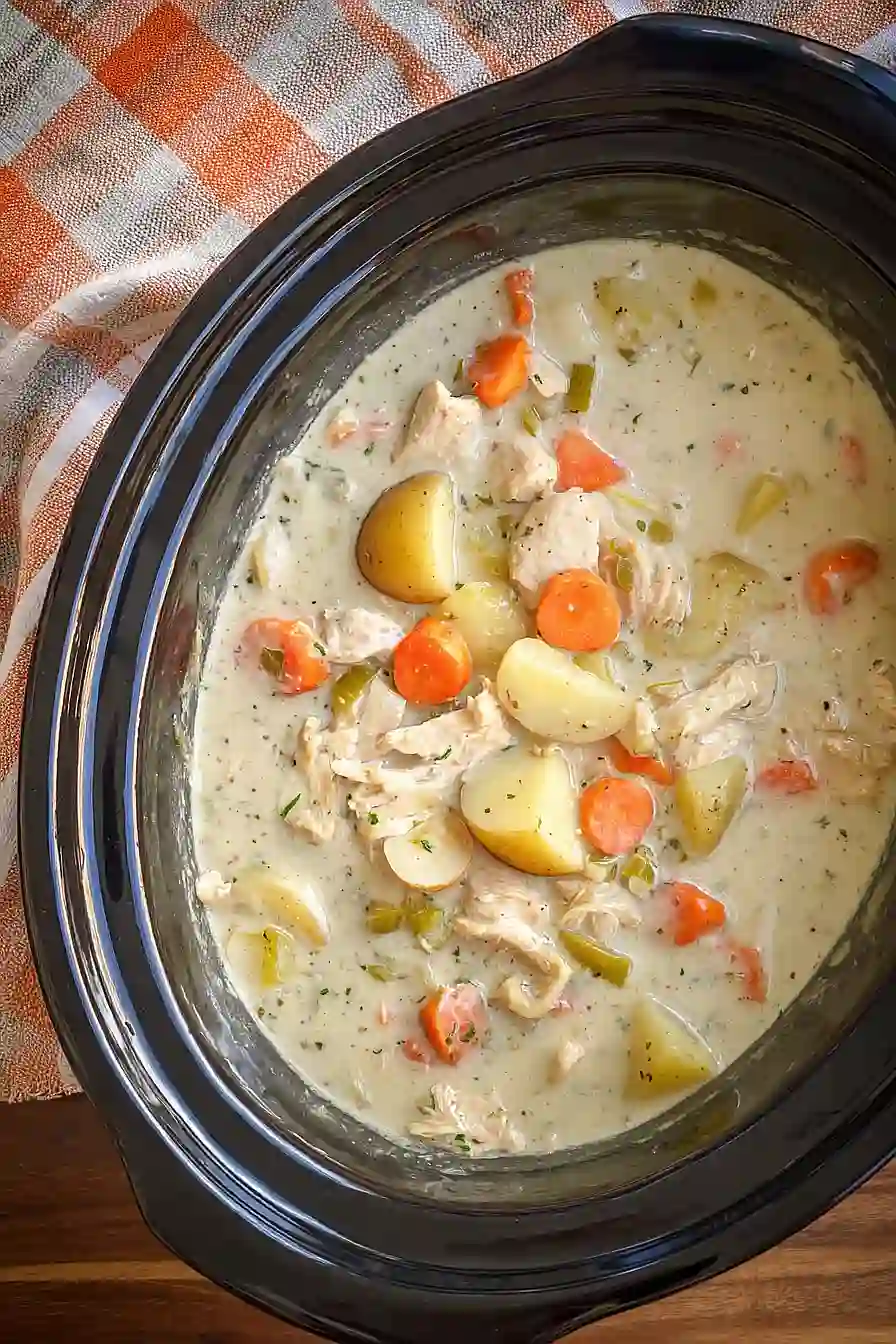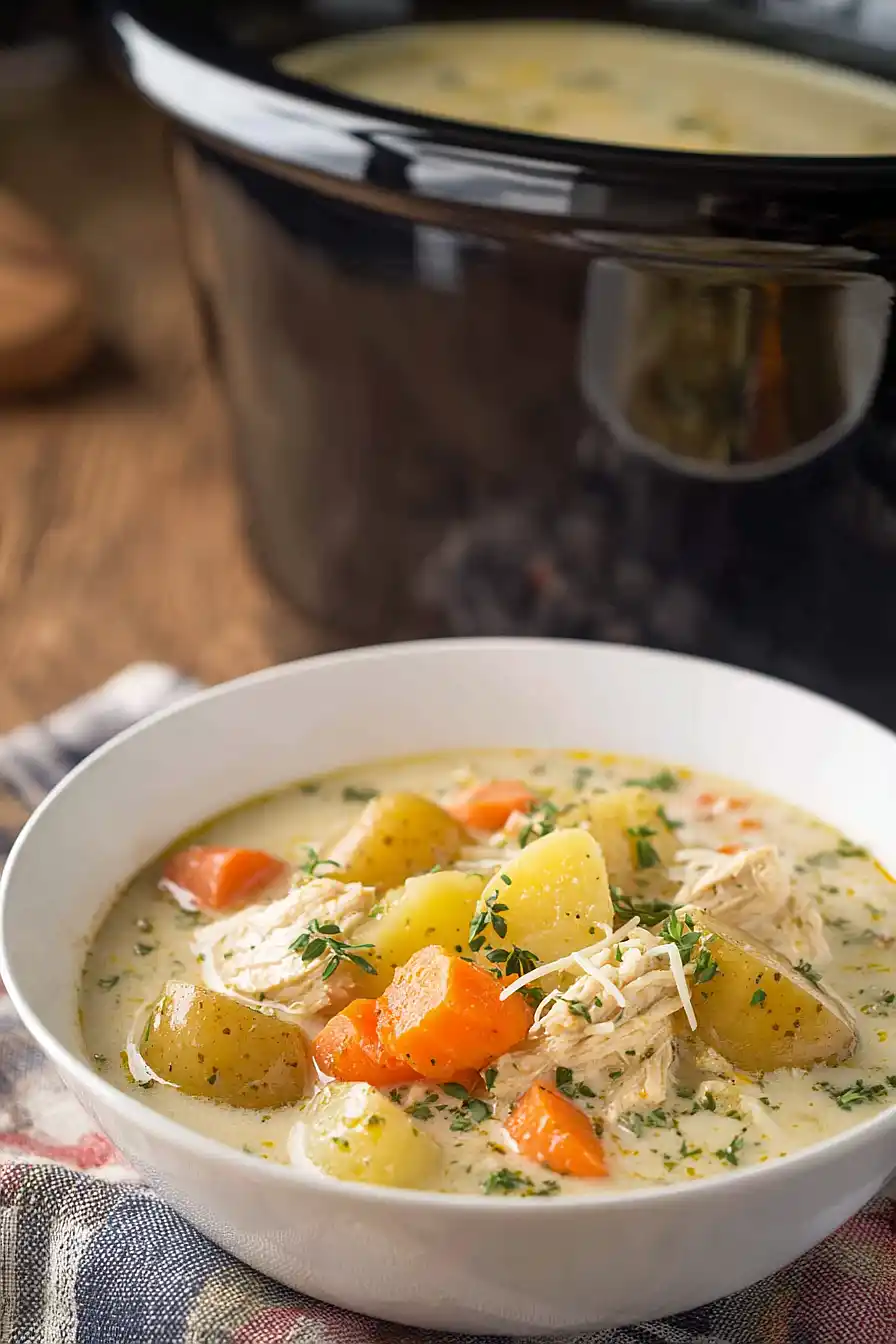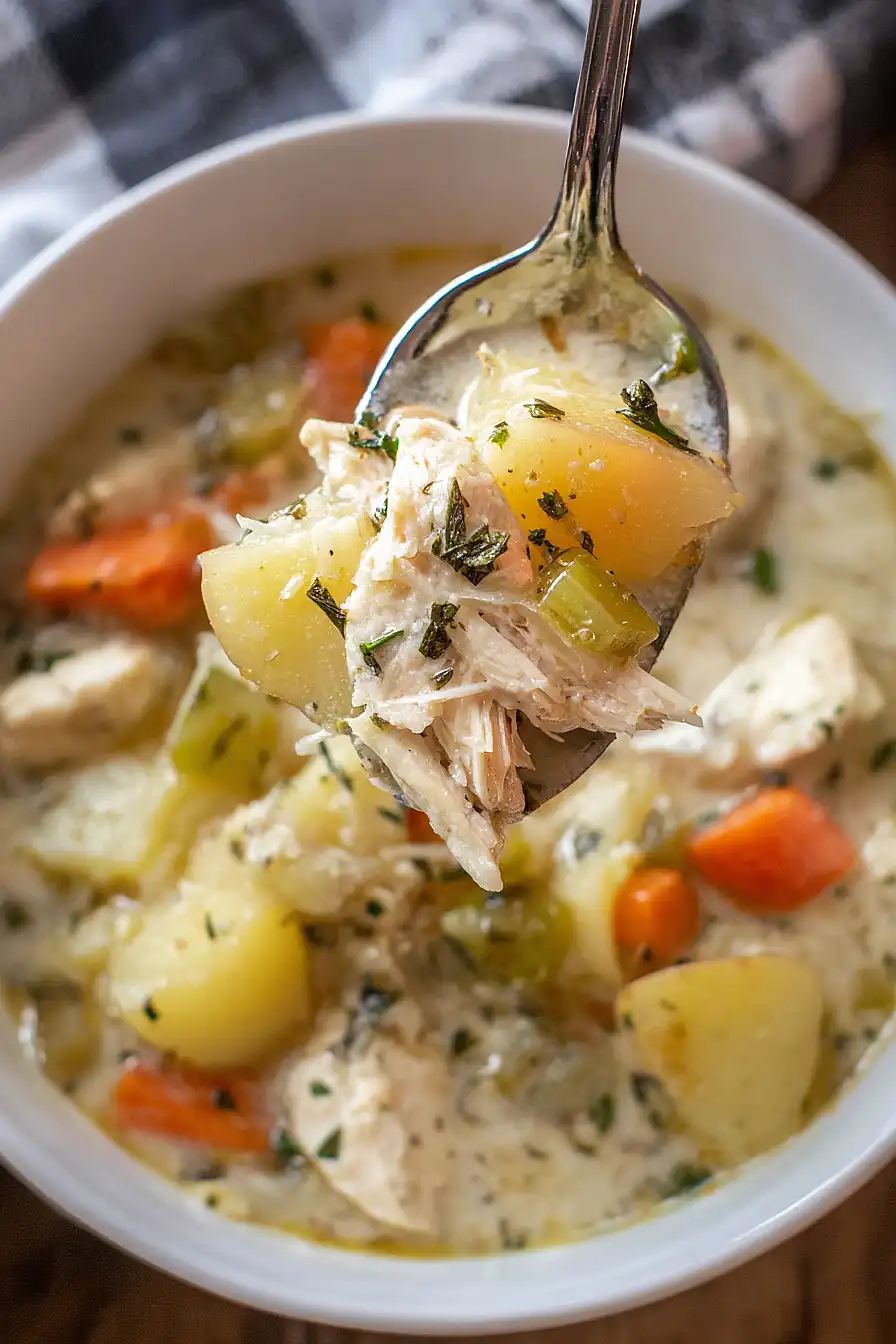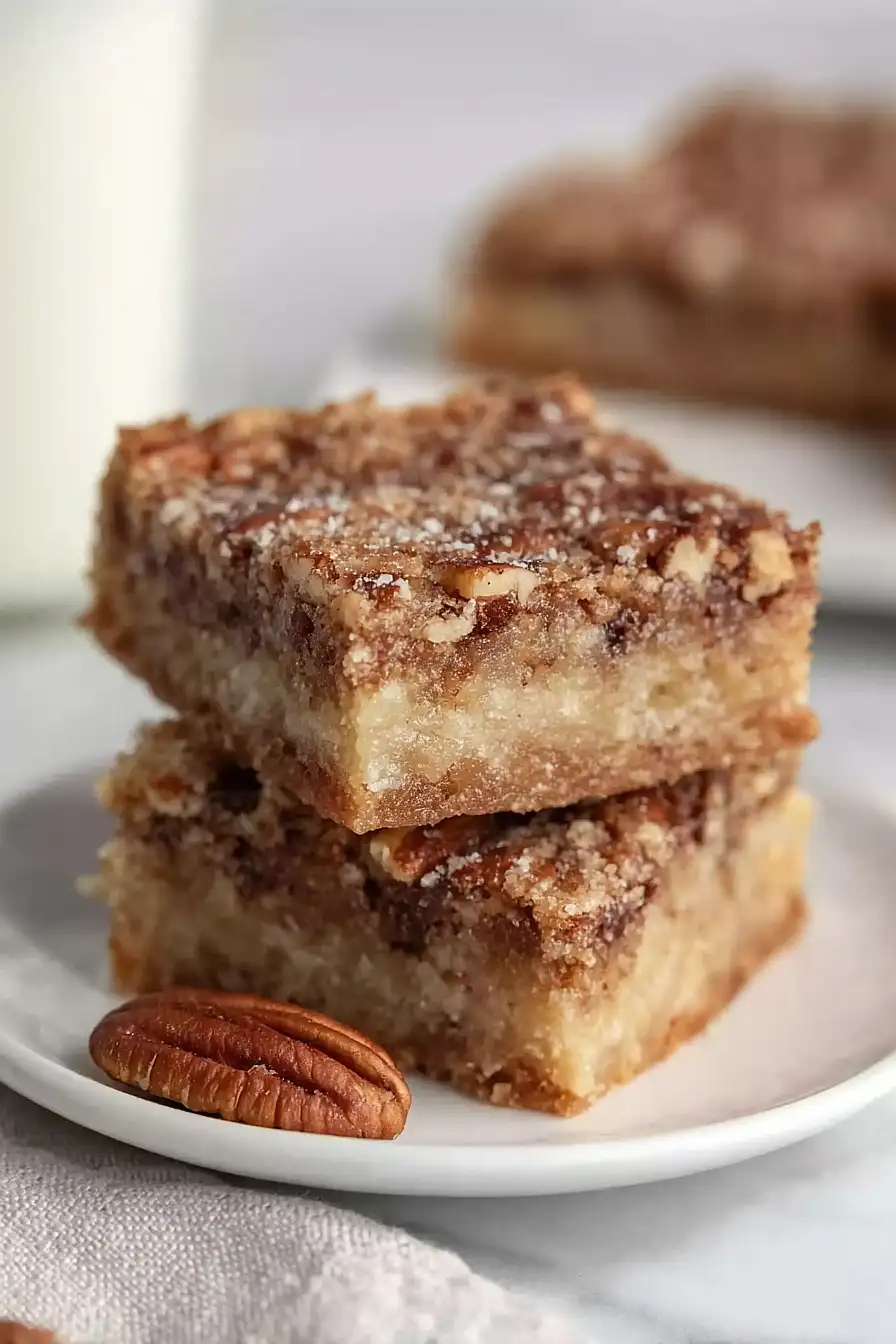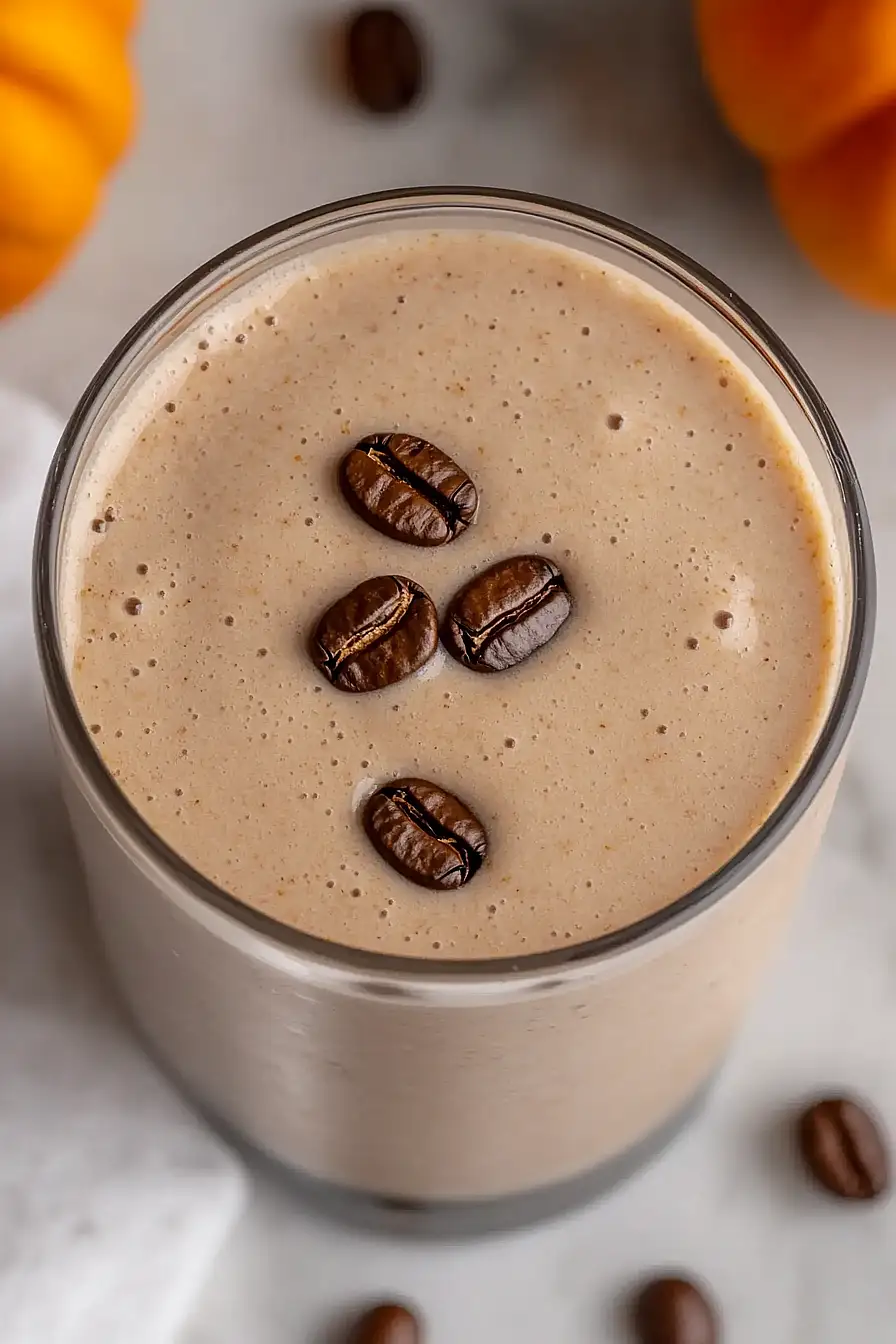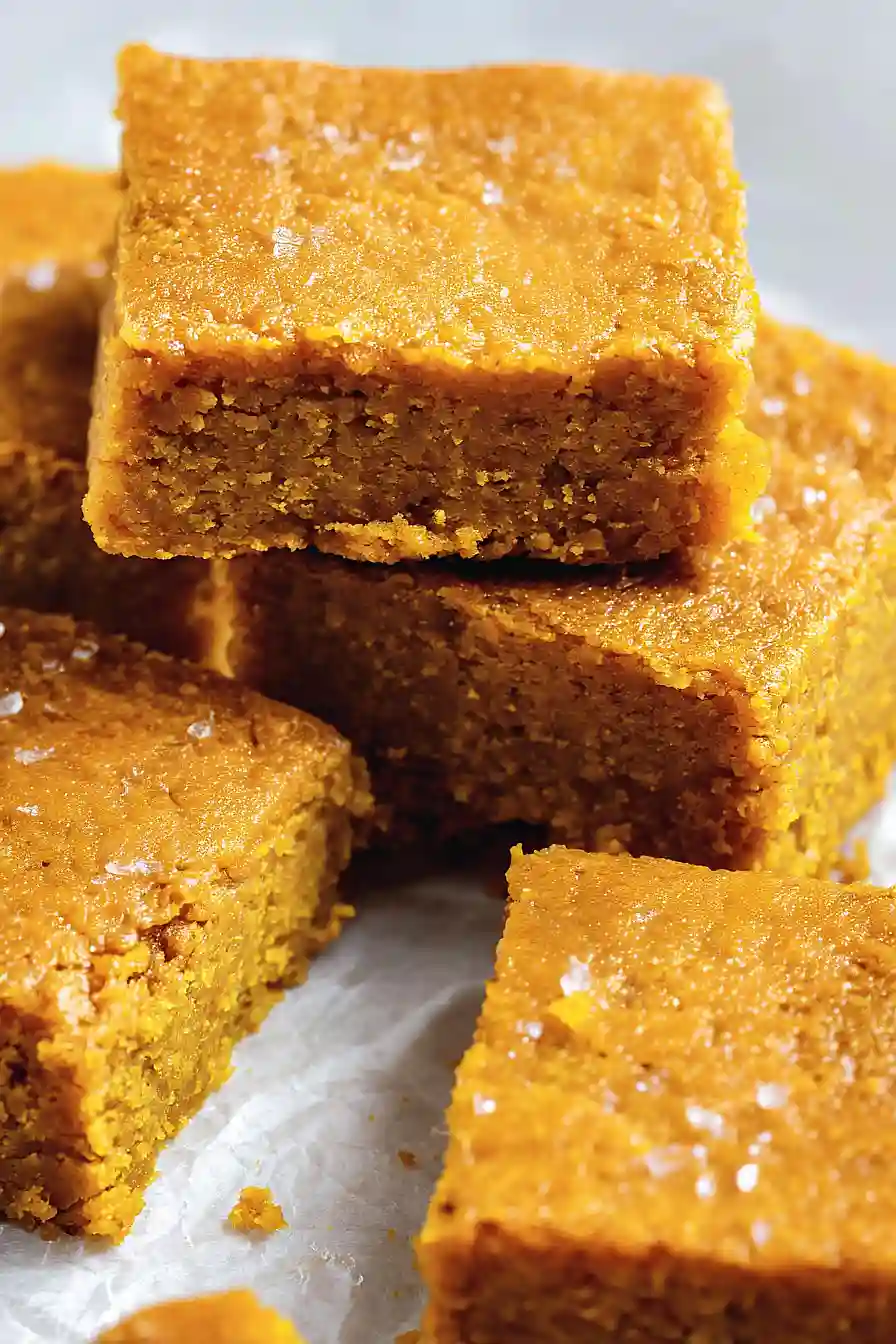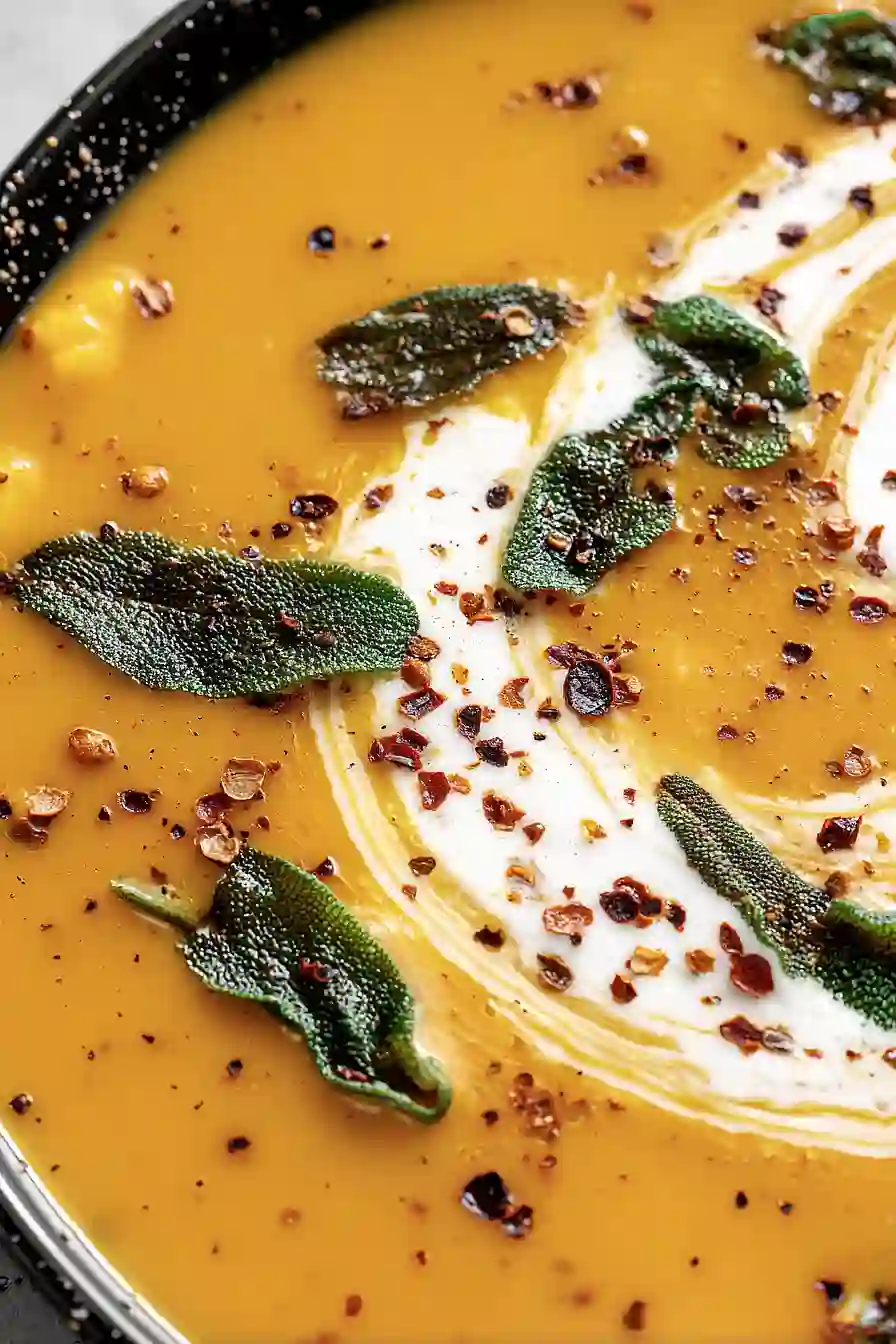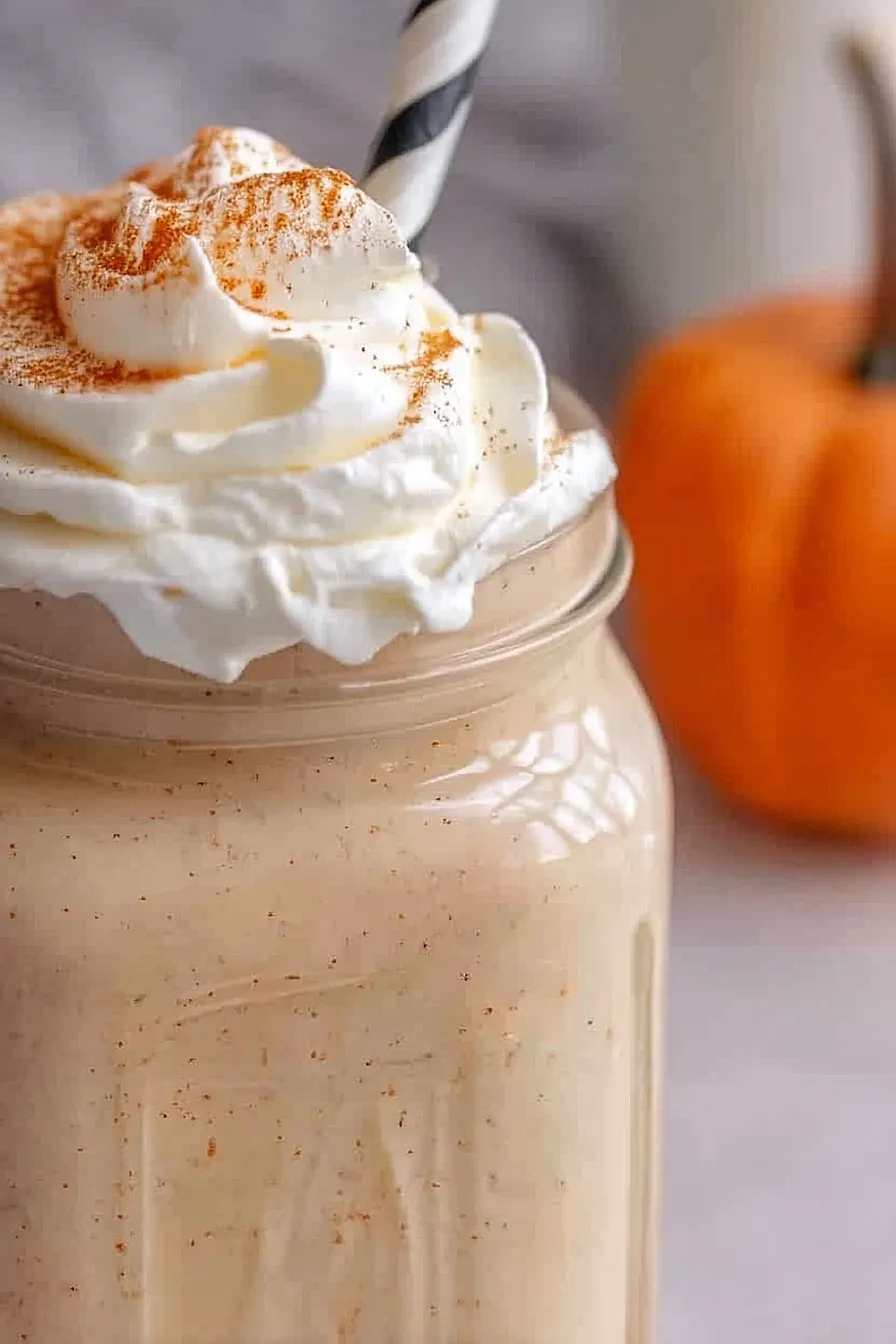Finding a soup recipe that’s both comforting and packed with flavor can feel like searching for a needle in a haystack. Most chicken soups are either too bland or take hours to make, and when you’re dealing with busy weeknight dinners or trying to warm up the family on a cold day, you need something that delivers on taste without the fuss.
Fortunately, this garlic parmesan chicken soup hits all the right notes: it’s rich and satisfying, comes together in under an hour, and uses simple ingredients you probably already have in your kitchen.
Why You’ll Love This Garlic Parmesan Chicken Soup
- Rich, creamy comfort – The combination of heavy cream and parmesan cheese creates a luxurious, restaurant-quality soup that’s perfect for cold days or when you need something truly satisfying.
- One-pot meal – With tender chicken, hearty potatoes, and fresh vegetables all cooked together, this soup is a complete dinner in a single bowl with minimal cleanup required.
- Simple ingredients – You probably already have most of these pantry staples and basic vegetables on hand, making it easy to whip up whenever a craving strikes.
- Freezer-friendly – This soup keeps well and tastes even better the next day, so you can make a big batch and have homemade comfort food ready whenever you need it.
What Kind of Chicken Should I Use?
Boneless, skinless chicken breasts are perfect for this soup since they cook quickly and shred easily into bite-sized pieces. You can also substitute chicken thighs if you prefer – they’ll add a bit more flavor and stay tender even if you cook them a little longer. If you’re short on time, rotisserie chicken works great too – just add it during the last few minutes of cooking so it doesn’t get tough. When cutting your chicken, aim for uniform cubes about 1-inch in size so everything cooks evenly in the soup.
Options for Substitutions
This creamy soup is pretty forgiving when it comes to swaps, so here are some easy substitutions you can make:
- Chicken breasts: Chicken thighs work great here and actually add more flavor to the soup. You can also use rotisserie chicken – just shred it and add it in the last 10 minutes of cooking.
- Small potatoes: Any potato variety works fine. If you only have large russets, just peel and cube them into bite-sized pieces. They’ll break down a bit more but still taste good.
- Heavy cream: For a lighter version, try half-and-half or whole milk. If using milk, add it slowly and keep the heat lower to prevent curdling. You can also use cream cheese (about 4 oz) for extra richness.
- Parmesan cheese: Fresh grated parmesan is best, but the pre-grated stuff from the store works too. In a pinch, you can use Romano or Asiago cheese for a similar sharp flavor.
- Cornstarch: All-purpose flour works as a thickener too – use about 3 tablespoons mixed with cold water or broth to make a slurry.
- Italian seasoning: Make your own blend with dried basil, oregano, and thyme, or just use whatever dried herbs you have on hand.
Watch Out for These Mistakes While Cooking
The biggest mistake when making this soup is adding the heavy cream too early or at too high heat, which can cause it to curdle and ruin the smooth texture – always add cream at the end and keep the heat at medium-low.
Another common error is not cooking the potatoes long enough before adding other ingredients, so make sure they’re fork-tender before proceeding, or they’ll end up hard and undercooked in the final soup.
To avoid lumpy soup, whisk your cornstarch with a small amount of cold broth or cream before adding it to the pot, and don’t dump in all the parmesan at once – add it gradually while stirring to prevent clumping.
Finally, be careful not to overcook the chicken once it’s added back to the soup, as it can become tough and chewy if left simmering too long.
What to Serve With Garlic Parmesan Chicken Soup?
This hearty soup is pretty much a complete meal on its own, but I love serving it with some crusty bread or dinner rolls for dipping into that creamy, cheesy broth. A simple side salad with mixed greens and a light vinaigrette helps balance out the richness of the soup without competing with those amazing garlic and parmesan flavors. If you want to make it even more filling, try ladling the soup over some cooked pasta like penne or rotini, or serve it alongside some buttery garlic bread. For a cozy dinner, I sometimes pair it with roasted vegetables like green beans or asparagus to add some color and freshness to the meal.
Storage Instructions
Refrigerate: This creamy soup keeps really well in the fridge for up to 4 days in an airtight container. The flavors actually get even better after sitting overnight, so it’s perfect for meal prep. Just give it a good stir before serving since cream-based soups can separate a bit.
Freeze: You can freeze this soup for up to 3 months, but keep in mind that cream soups sometimes get a little grainy after thawing. I like to freeze it in individual portions using freezer bags laid flat – they thaw faster and take up less space.
Reheat: Warm it up gently on the stovetop over medium-low heat, stirring frequently to prevent sticking. If it looks too thick after reheating, just add a splash of chicken broth or cream to thin it out. The microwave works too, but use 50% power and stir every minute or so.
| Preparation Time | 10-15 minutes |
| Cooking Time | 140-180 minutes |
| Total Time | 150-195 minutes |
| Level of Difficulty | Medium |
Estimated Nutrition
Estimated nutrition for the whole recipe (without optional ingredients):
- Calories: 1700-2000
- Protein: 140-160 g
- Fat: 70-90 g
- Carbohydrates: 130-150 g
Ingredients
For the stew base:
- 3 chicken breasts, boneless and skinless, cut into cubes
- 1 lb small potatoes (red and/or gold), cut in halves or quarters
- 1/2 yellow onion, minced
- 2 carrots, peeled and chopped
- 2 stalks celery, chopped
- 4 garlic cloves, minced
- 1/2 tbsp italian herb blend
- Kosher salt and freshly ground black pepper, as needed
- 3 cups low-sodium chicken broth
For thickening and finishing:
- 2/3 to 1 cup heavy cream
- 4 tbsp cornstarch
- 1 cup grated parmesan cheese, plus extra for topping
Step 1: Layer Chicken and Vegetables in Slow Cooker
- 3 chicken breasts, boneless and skinless, cut into cubes
- 1 lb small potatoes (red and/or gold), cut in halves or quarters
- 1/2 yellow onion, minced
- 2 carrots, peeled and chopped
- 2 stalks celery, chopped
- 4 garlic cloves, minced
Place the cubed chicken breasts in the bottom of the slow cooker.
Add the halved or quartered small potatoes on top, followed by the minced onion, chopped carrots, chopped celery, and minced garlic.
This layering ensures even cooking and flavor distribution.
Step 2: Season and Add Broth
- kosher salt and freshly ground black pepper, as needed
- 1/2 tbsp Italian herb blend
- 3 cups low-sodium chicken broth
Season the chicken and vegetables generously with kosher salt and freshly ground black pepper to taste.
Sprinkle the Italian herb blend evenly over the ingredients.
Pour the chicken broth over all the contents in the slow cooker.
Gently stir to combine, ensuring the seasoning is well distributed.
Step 3: Cook the Stew
Cover the slow cooker and cook on high for 2-3 hours or on low for 4-5 hours, until the chicken is cooked through and the potatoes are fork tender.
I prefer starting with a shorter time and checking the potatoes for doneness—they should pierce easily with a fork but not be falling apart.
Step 4: Add Creamy Slurry and Cheese
- 2/3 to 1 cup heavy cream
- 4 tbsp cornstarch
- 1 cup grated parmesan cheese
In a small bowl, whisk the cornstarch into the heavy cream until smooth, forming a slurry.
Stir this mixture into the hot stew, then add the grated parmesan cheese.
Stir thoroughly to blend everything together.
This step will help thicken the stew and add a rich, cheesy flavor.
Step 5: Finish Cooking and Serve
- extra grated parmesan cheese for topping
Cover and cook for an additional 20-30 minutes on the same heat setting, until the stew thickens.
Transfer the hot stew to serving bowls and, if desired, garnish each with extra grated parmesan cheese.
I love serving this stew with a slice of crusty bread for dipping—it makes the meal even more comforting!

